
Nature of Fashion

About NATURE OF FASHION: design for transformation
The Nature of Fashion initiative focuses on fundamentally rethinking how we manage textile waste by learning from nature’s strategies.
Recognizing that our current systems largely overlook the potential of decomposition, this initiative seeks to transform the current linear take-make-waste model of the fashion industry to a break-down to build-up a new paradigm that aligns with the deeply cyclical processes of the natural world.
Explore the Nature of Fashion Initiative
Project overview
In 2020, the Biomimicry Institute released The Nature of Fashion Report, asking: “What would the fashion industry look like if it acted like a natural ecosystem?” Our answer: decomposition is the missing engine.
Our mission is to transform textile waste into valuable, biocompatible materials that reintegrate into Earth’s natural systems. We’re working to redefine waste and build a regenerative fashion system modeled after nature’s cycles.
We take inspiration from nature’s “helpers”—bacteria, archaea, fungi, and algae—that have sustained material flows for millennia. When synthetic materials can’t be broken down by these decomposers, they become pollution. Our goal is to align fashion with these natural processes.
Phase 1 of our work launched pilot decomposition technologies in Ghana, the Netherlands, and Germany. Now in Phase 2, we’re scaling those pilots and sharing decomposition insights with the wider industry.
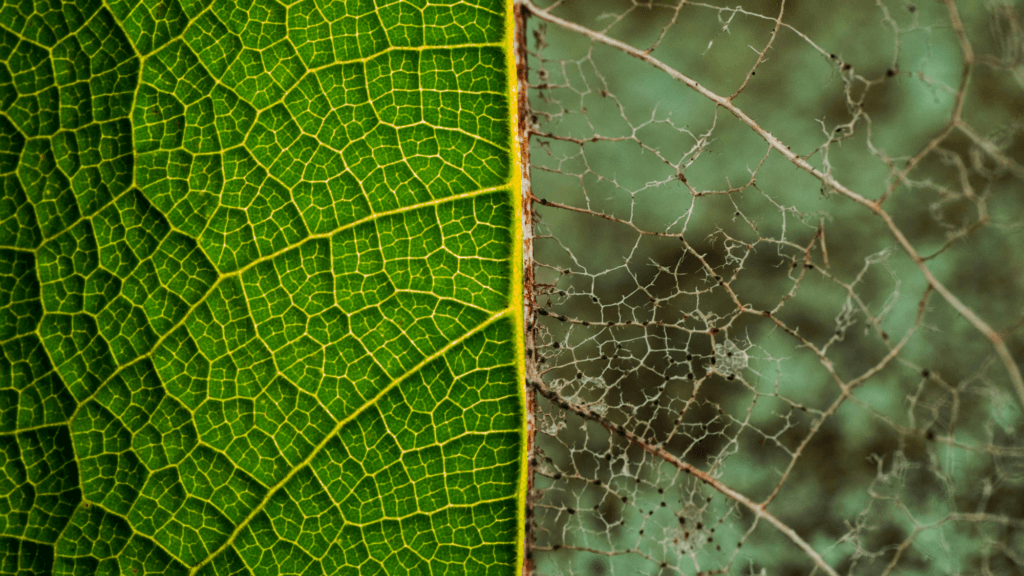
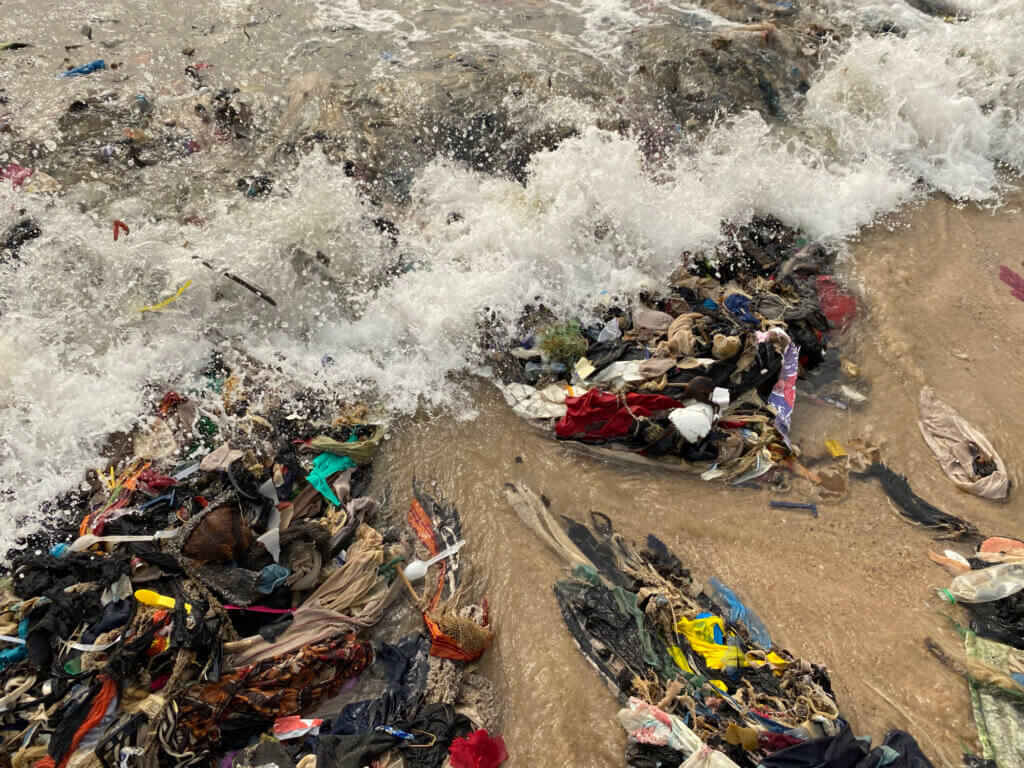
The Broken System: Waste as the Norm
Our current Fashion and Textile Industry is built on a fundamentally flawed linear model that extracts, manufactures, consumes, and discards at an alarming rate. This linear approach generates an overwhelming amount of waste, with devastating impacts on both the environment and communities.
92M
tonnes
of textile waste is produced globally every year. That’s the equivalent of a rubbish truck full of clothes ending up in landfills every second.
85%
of all textiles in the US
end up in landfills, with less than 15% being recycled.
15M
second-hand garments
are sent to Kantamanto market in Accra, Ghana, every week.
6
future generations
can be dressed using the amount of clothes we currently have on the planet. That’s how much excess clothing we currently have.
10%
of Ocean Microplastics
come from the textile industry.
The linear “take-make-waste” system in the fashion and textile industry is deeply unsustainable as it depletes finite resources, generates enormous amounts of non-degradable waste and pollution, and operates with a disregard to natural ecological cycles. Moreover, it fosters social and environmental inequality, with the burden of waste management often falling on the most vulnerable communities. These challenges call for an active transformation of the fashion industry towards a more equitable and regenerative future which embraces solutions aligned with nature’s cycles.
Learn more
Delve deeper into the foundational research and discoveries that paved the way for Phase 2 by exploring the learnings and outcomes of our successful first phase, demonstrating the initial proof of concept for textile waste transformation
phase 1
Lessons Learned
Nature builds better.
With just a few core materials and incredibly intelligent structures, nature creates systems that constantly regenerate — breaking down and building up again. The materials we humans create don’t yet measure up.
To move from the system we have today to one that’s as beneficial as nature’s, we need to rethink how we design and the lifecycle of our materials.
Here’s what we’ve learned so far:
Waste is Expensive
Approximately 80% of the over 100 billion garments produced each year end up in incineration or landfill, presenting a significant financial burden to collectors, sorters, and municipalities worldwide, while also driving greenhouse gas emissions and causing severe environmental and human health impacts. However, this dynamic is beginning to change as governments implement more greenhouse gas and Extended Producer Responsibility legislation, revealing the true cost of waste and making decomposition pathways a more viable alternative.
Not everything can be recycled
Effective, practical, and scaled recycling solutions are currently unavailable for many material streams, with fiber-to-fiber recycling processes handling less than 1% of textile waste today. Even with expected advancements, by 2030, only 18-26% of textile waste may be processed, leaving the most toxic and difficult materials, like acrylic which comprises nearly 20% of waste streams, without a recycling solution.
Material loops leak
Our man-made material loops inevitably leak, necessitating a shift in how we handle textiles as a pioneering example of materials metabolism. The future of the circular economy hinges on creating materials that are designed to serve as food for nature’s decomposers, ensuring that when these materials end their life cycle, they seamlessly feed new manufacturing cycles or safely integrate into the environment without accumulation.
Complexity is key
Just as nature relies on a diverse community of decomposers working collectively in parallel or sequentially to break down materials, so too will industry need to create a sequence of technologies to maximize the value of waste materials. This complexity, mirroring the “predator-prey” relationships found in natural ecosystems, enhances the system’s resilience to disturbances, embodying dynamic natural cycles. Natural cycles are never completely closed loops.
Nature balances durability with biodegradability
While today’s brands champion durability in their sustainability strategies, nature excels by creating materials that are not only durable and functional but also inherently biodegradable. This balance is achieved by starting with digestible components, which are then layered and stabilized to perform without toxicity, fundamentally differing from man-made polymers that fail to degrade and are highly polluting.
Operating within our limits
Materials and products that are unfamiliar to nature predominate the textile industry. The scope and scale of this industry threatens to overwhelm planetary boundaries. Taking a biomimetic frame to the issues leads to possible end-of-life solutions starting with making materials and products that are familiar (aka compatible) with natural systems. Fundamental to this are materials that can biodegrade and are of low toxicity.

Our vision
The Nature of Fashion initiative offers a new perspective: what if we designed textiles with their eventual breakdown and reintegration into natural systems in mind? Inspired by nature’s processes, we aim to address these critical issues by integrating decomposition as a fundamental aspect of a more circular and regenerative system.
What would the fashion industry look like if it acted like a natural ecosystem?
In nature, decomposition plays a vital role in maintaining the balance of ecosystems. This process is crucial for maintaining the flow of life, transforming everything from fallen leaves to perished animals into valuable nutrients for new growth. It exemplifies an efficient and regenerative system, where materials are cycled endlessly, maintaining the dynamism of life.
However, unlike natural materials, synthetic fibers used in much of our clothing don’t return beneficially to the ecosystem after their human use. Instead, materials like polyester break down into toxic microfibers that pollute our soils, water and our bodies.
In the textile industry, this highlights a significant oversight: the absence of “decomposers” in the product life cycle. Our current designs fail to account for the end of garment’s life, where instead of feeding new growth, discarded clothes become pollutants.
Fashion can follow the same principles. By thinking through what the full lifecycles of textiles could look like—we can move beyond waste and create a truly circular system—one that works with nature, not against it.
Drawing on the inherent wisdom of the natural world, this initiative finds its power in the age-old principle that in nature, there is no waste. Just as fallen leaves nourish the forest floor, our project envisions a future where discarded textiles become the vital nutrients for a new bioeconomy. The Pilot technologies in Ghana, Netherlands and Germany were designed to explore how the “bottom fraction” of mixed textile waste which are destined for landfill or incineration—or in the case of Accra, Ghana are already polluting the general environment—can be converted into valuable outputs that can either reintegrate into Earth’s natural cycles or become food for another industry. By emulating nature’s fundamental rule of decomposition – breaking down materials, especially mixed ones, to build anew – we are not simply addressing a waste problem, but fundamentally redesigning our relationship with resources.
Imagine a fashion industry where every fiber is designed with its decomposition in mind, transforming waste into a resource and helping close the loop of production. Envision a system where waste can become the “food” for new materials. The future of fashion is built to evolve, just like nature itself.
Contact us
For those eager to collaborate or learn more about our ongoing efforts, including pilot projects and partnership opportunities, please get in touch with our team to discuss how you can be part of building a regenerative future for fashion




